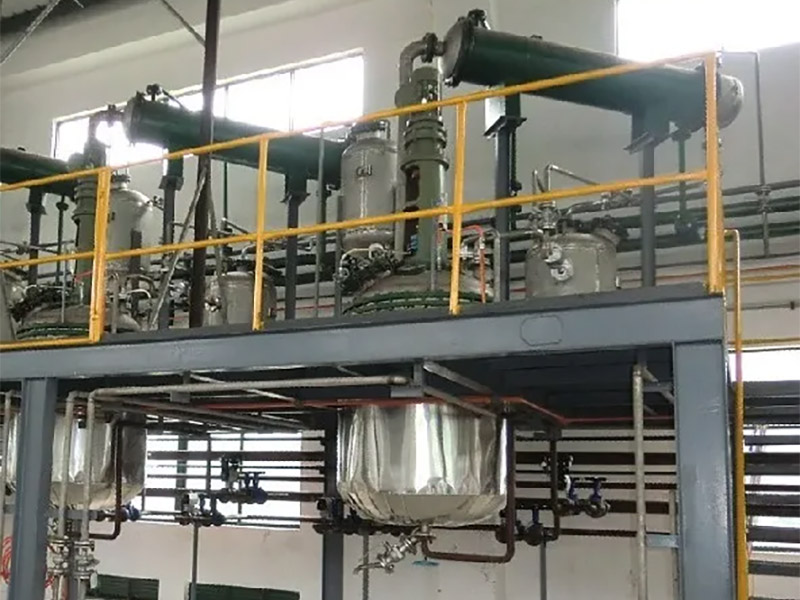What is unsaturated polyester resin?
Unsaturated polyester resin is a linear polymer formed by the polycondensation of unsaturated dibasic acid (or anhydride) and diol, which is a viscous liquid dissolved in an active monomer (such as styrene). By adding initiators and accelerators, it can be cured and cross-linked at room temperature or under heating to form a three-dimensional network structure.
Performance characteristics of unsaturated polyester resin
| Characteristic | Advantage | Disadvantage |
| Mechanical Strength | High hardness and high rigidity | High brittleness, toughneing agent needs to be added |
| Curing Speed | Can be quickly cured at room temperature (10-60 minutes) | High shrinkage (5-8%), easy to deform |
| Chemical Resistance | Acid and solvent resistance (better than epoxy resin) | Poor alkali resistance |
| Cost | Cheap raw materials, low overall cost | Styrene volatilization (needs ventilation treatment) |

Environmental Protection and Safety Design
1. VOC treatment
Styrene waste gas is adsorbed by activated carbon + RTO incineration (purification rate > 95%).
2. Explosion-proof measure
Explosion-proof motor in reaction area + nitrogen covering system.
3. Wastewater treatment
Condensate water from polycondensation needs to be neutralized to pH 6-9 before discharge.
Common Problems and Solutions
1. Unstable resin gel time
Reason: Fluctuation of initiator/accelerator ratio or water content in raw materials.
Countermeasure: Online infrared monitoring of styrene purity and automatic addition of inhibitor.
2. Poor transparency of finished product
Reason: Incomplete degassing or impurities remain.
Countermeasure: Add melt filter + extend vacuum degassing time.
Why Choose JCT's Unsaturated Polyester Resin Production Line Turnkey Project?
1. Advanced equipment and stable production
- High-efficiency reactor: Automatic welding technology is used to ensure pressure resistance, uniform mixing and high heat exchange efficiency.
- Intelligent temperature control system: PLC + touch screen control, precise control of heating/cooling, stable reaction, and improved resin quality.
- Vacuum dehydration and degassing system: Effectively removes moisture and bubbles during the reaction process, improves resin transparency and bonding performance.
2. Whole plant planning to improve efficiency
- Customized production line design to match customer production capacity requirements.
- Automated material conveying system reduces manual operation, improves safety and production efficiency.
- Complete solvent recovery and waste gas treatment system, meets environmental protection requirements, and reduces production costs.

 Home
Home JCT
JCT  Mar 25,2025
Mar 25,2025 
 Acrylic Resin Production Line Equipment For Russian Customers
Acrylic Resin Production Line Equipment For Russian Customers 







